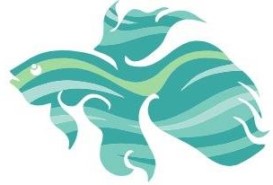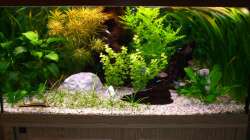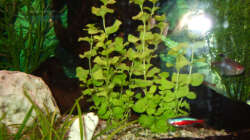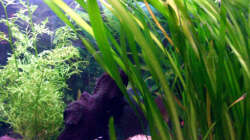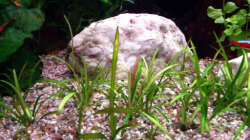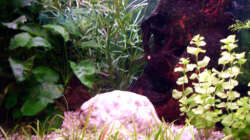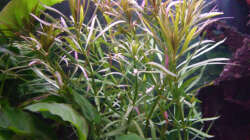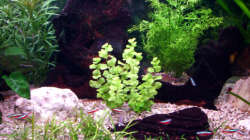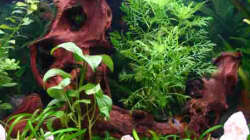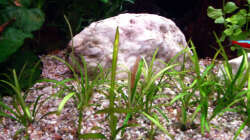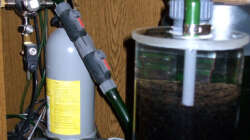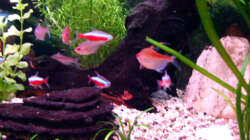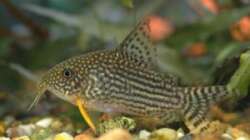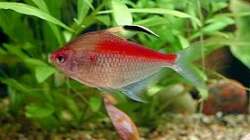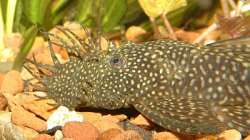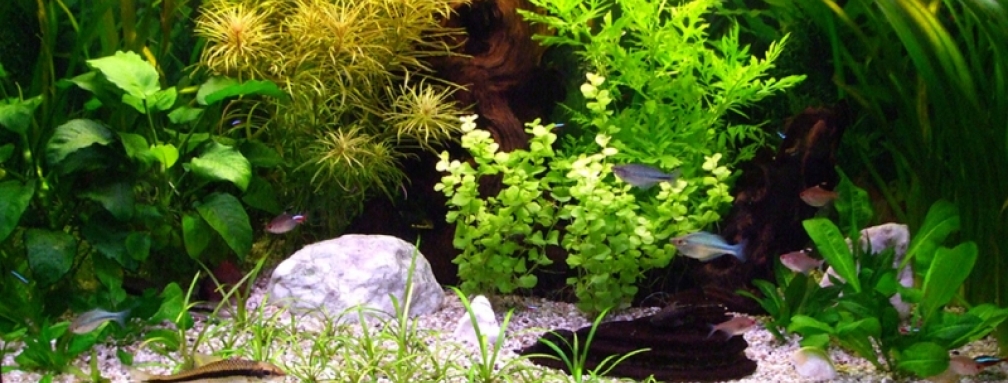
Description of the aquarium:
Category:
Tank size:
120 x 40 x 50 = 240 liters ~ 63 gallons (us)
Specific features:
This text is not (yet) available!
Aquarium decoration:
Gravel:
This text is not (yet) available!
Plants:
This text is not (yet) available!
Special features of the facility:
This text is not (yet) available!
Aquarium equipment:
Lighting:
This text is not (yet) available!
Filtration:
This text is not (yet) available!
Other equipment:
This text is not (yet) available!
Stocking:
This text is not (yet) available!
Water parameters:
This text is not (yet) available!
Feeding:
This text is not (yet) available!
Further information:
This text is not (yet) available!
© 2022 by TTiT
